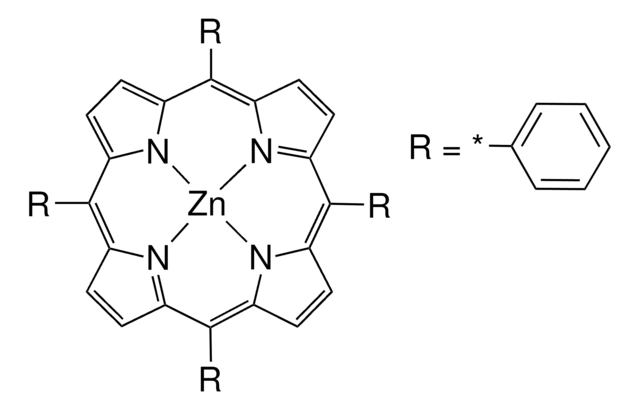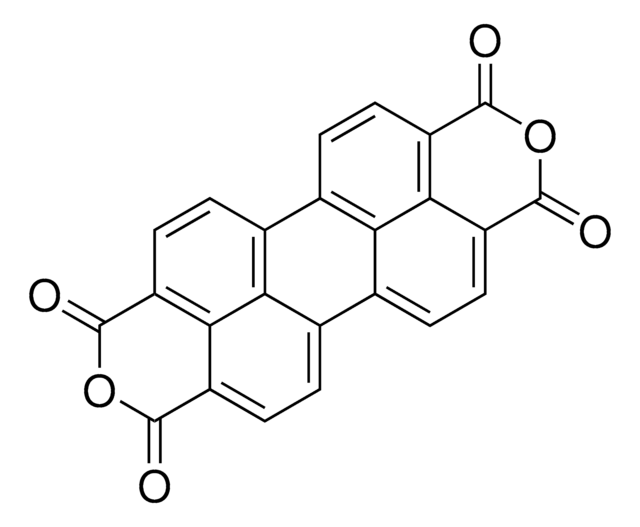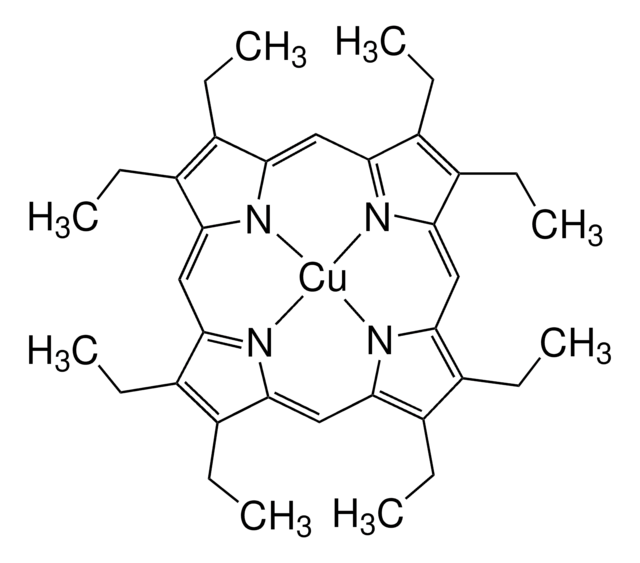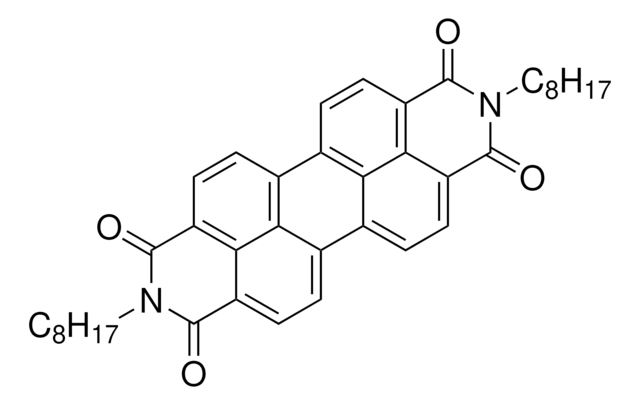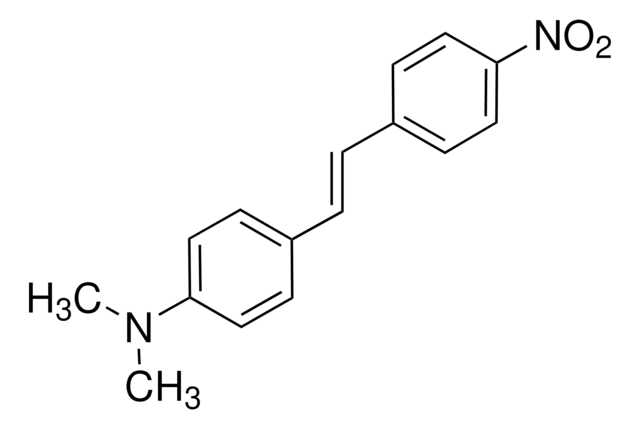264229
N,N′-Bis(2,5-di-tert-butylphenyl)-3,4,9,10-perylenedicarboximide
Dye content 97 %
About This Item
Recommended Products
assay
97%
form
solid
composition
Dye content, 97%
mp
>300 °C (lit.)
λmax
528 nm
semiconductor properties
N-type (mobility=1.8x10−4 cm2/V·s)
SMILES string
CC(C)(C)c1ccc(c(c1)N2C(=O)c3ccc4c5ccc6C(=O)N(C(=O)c7ccc(c8ccc(C2=O)c3c48)c5c67)c9cc(ccc9C(C)(C)C)C(C)(C)C)C(C)(C)C
InChI
1S/C52H50N2O4/c1-49(2,3)27-13-23-37(51(7,8)9)39(25-27)53-45(55)33-19-15-29-31-17-21-35-44-36(22-18-32(42(31)44)30-16-20-34(46(53)56)43(33)41(29)30)48(58)54(47(35)57)40-26-28(50(4,5)6)14-24-38(40)52(10,11)12/h13-26H,1-12H3
InChI key
BIYPCKKQAHLMHG-UHFFFAOYSA-N
General description
Application
signalword
Warning
hcodes
Hazard Classifications
Eye Irrit. 2 - Skin Irrit. 2 - STOT SE 3
target_organs
Respiratory system
Storage Class
11 - Combustible Solids
wgk_germany
WGK 3
flash_point_f
Not applicable
flash_point_c
Not applicable
ppe
dust mask type N95 (US), Eyeshields, Gloves
Choose from one of the most recent versions:
Already Own This Product?
Find documentation for the products that you have recently purchased in the Document Library.
Articles
Intrinsically stretchable active layers for organic field-effect transistors (OFET) are discussed. Polymer structural modification & post-polymerization modifications are 2 methods to achieve this.
Fabrication procedure of organic field effect transistor device using a soluble pentacene precursor.
Solution-processed organic photovoltaic devices (OPVs) have emerged as a promising clean energy generating technology due to their ease of fabrication, potential to enable low-cost manufacturing via printing or coating techniques, and ability to be incorporated onto light weight, flexible substrates.
There is widespread demand for thin, lightweight, and flexible electronic devices such as displays, sensors, actuators, and radio-frequency identification tags (RFIDs). Flexibility is necessary for scalability, portability, and mechanical robustness.
Our team of scientists has experience in all areas of research including Life Science, Material Science, Chemical Synthesis, Chromatography, Analytical and many others.
Contact Technical Service